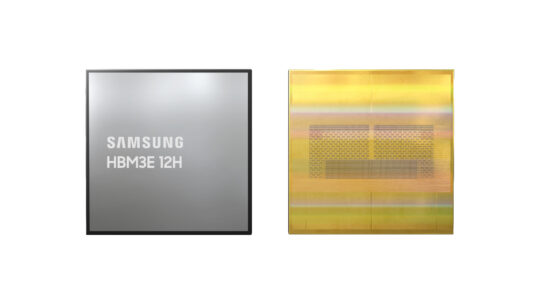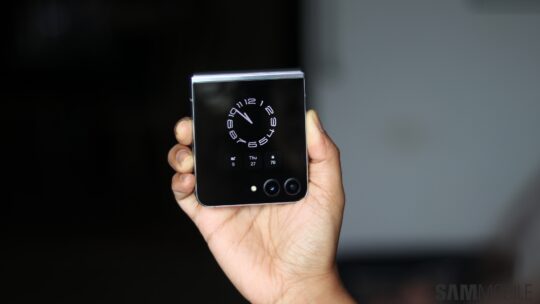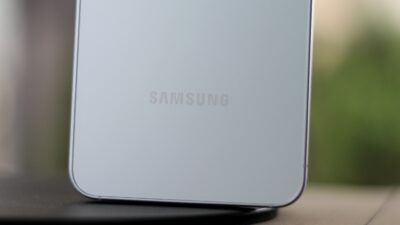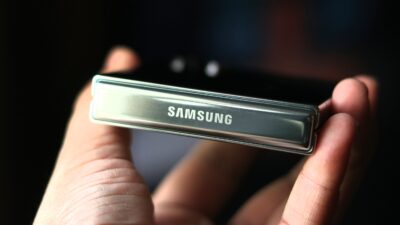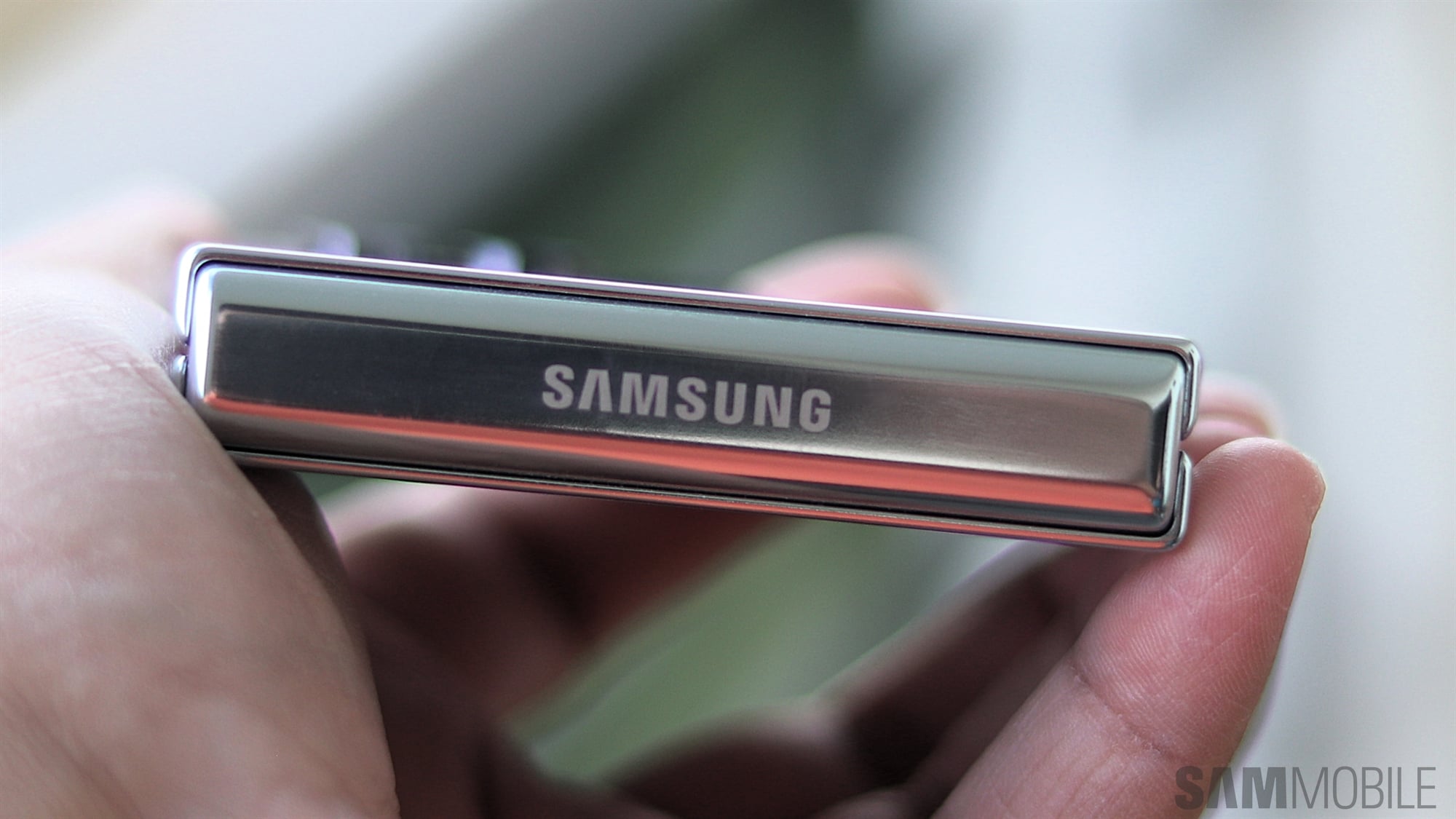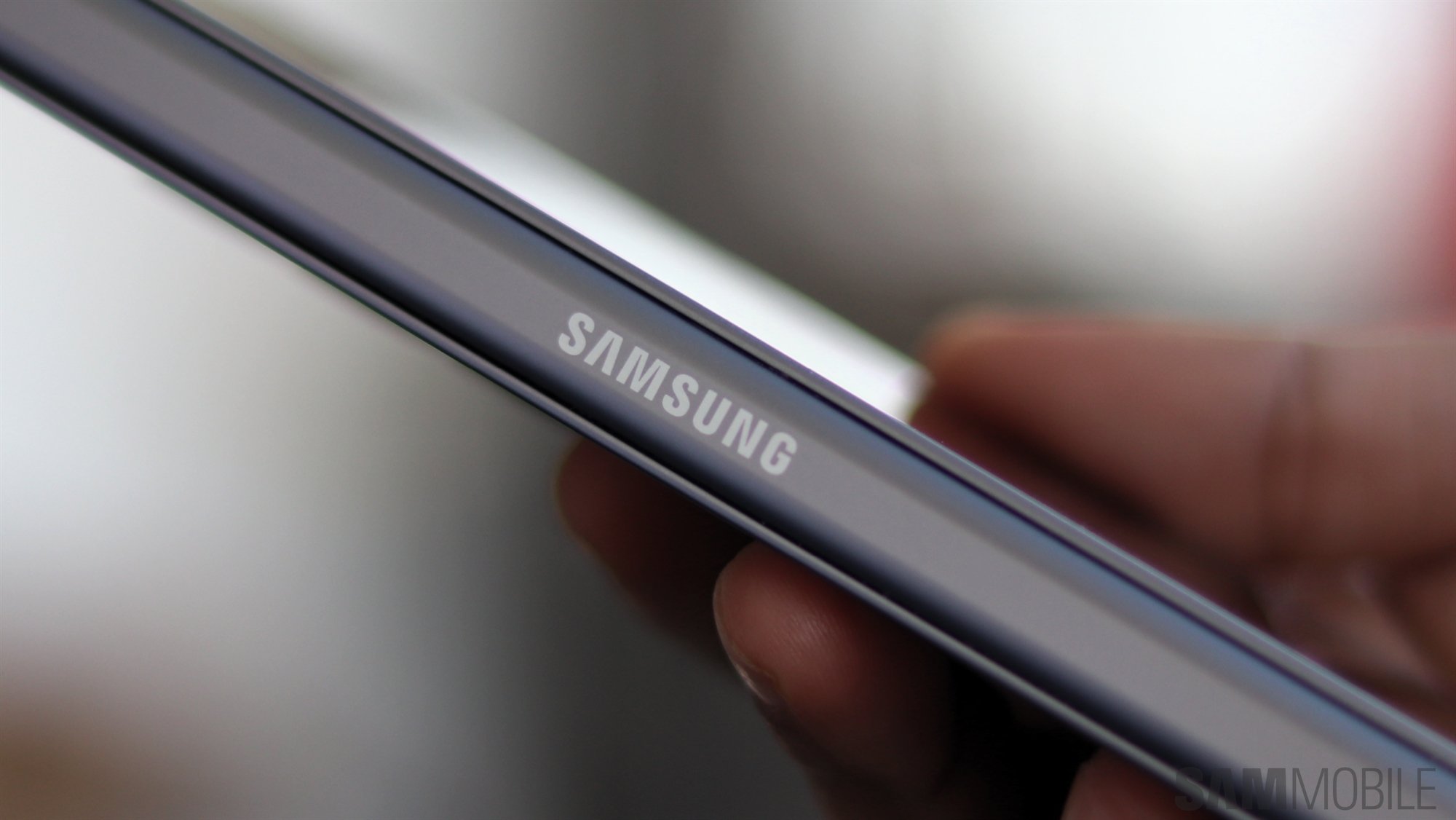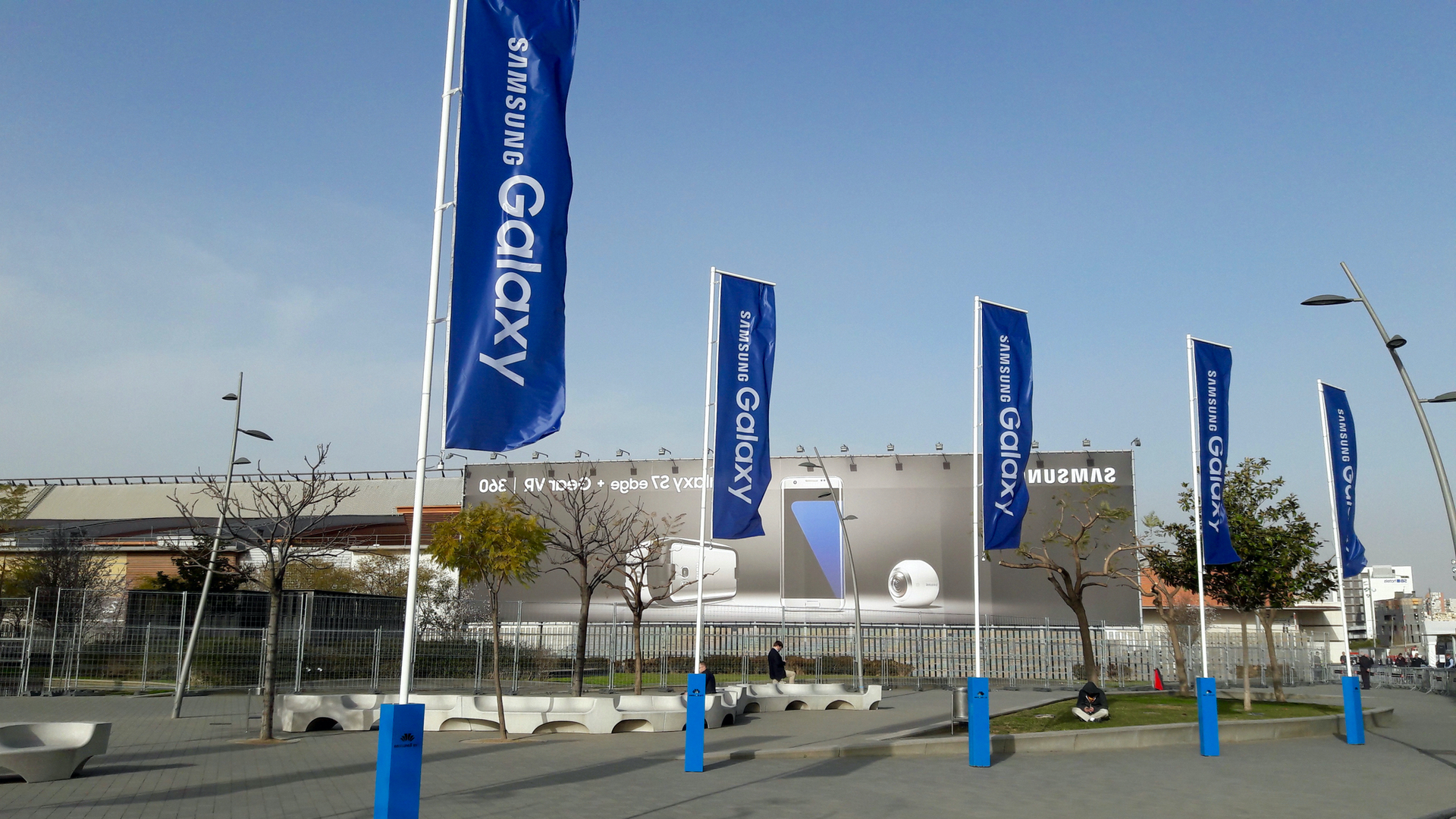
Thousands of Samsung employees are on strike to demand higher pay
According to a report from Yonhap News Agency, thousands of Samsung employees who are a part of the National Samsung Electronics Union (NSEU) halted their work for the second day in a row. They have demanded a higher pay raise, an improved bonus, and a vacation system. However, Samsung said the market conditions aren't favorable for that to happen.
NSEU, with over 30,000 members, is the largest workers' union at Samsung Electronics. It accounts for around 24% of Samsung's total workforce in South Korea. Over 6,000 workers expressed their intention to participate in the strike kick-off rally. However, the police estimate that just 3,000 members attended the rally.
Despite the ongoing strike, Samsung says factory production hasn't halted, and there have been no disruptions. The South Korean firm said last month that the strike would not affect the production of memory chips, the company's cash cow. The workers' union warned that it would go on another five-day strike, starting July 15, if no progress is made on the matter during the strike.
Currently, Samsung is at a crucial stage, facing challenges on multiple fronts. A few months ago, its semiconductor chip business suffered its biggest loss in its history. Its HBM3E chips still haven't received certification from Nvidia.
The company's smartphone market share is being chipped away by Apple and Chinese rivals. Its huge bet on foldable phones hasn't paid as well as the company had expected.
The company is expected to announce multiple new products, including the Galaxy Z Flip 6 and the Galaxy Z Fold 6, at its next Galaxy Unpacked event in Paris tomorrow. It remains to be seen if its upcoming foldable phones can help it reach its shipment target of 20 million devices annually.














